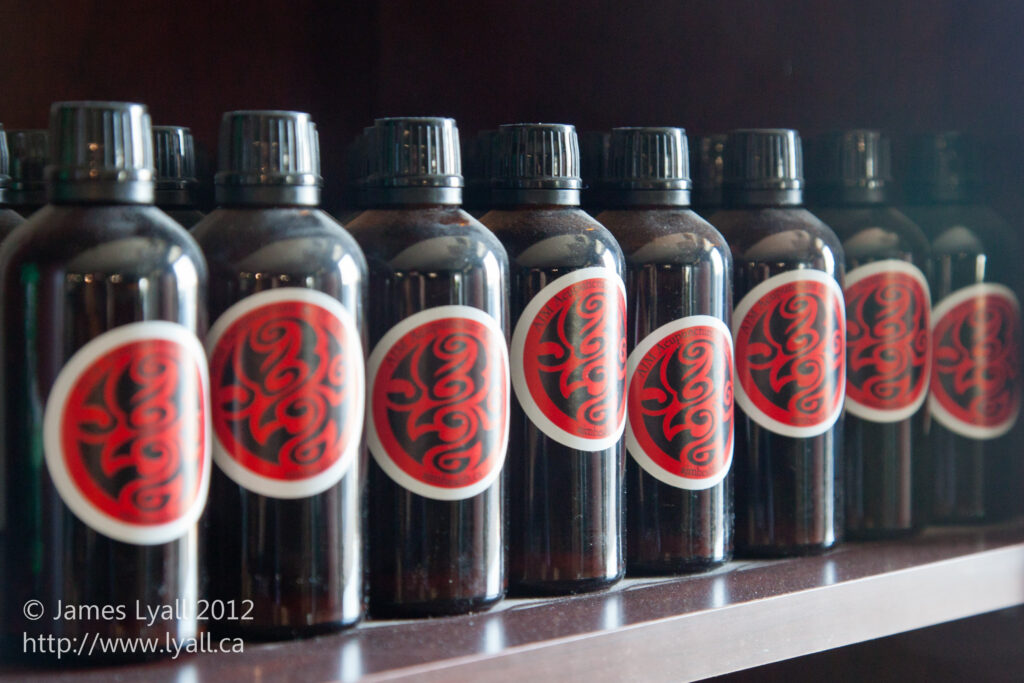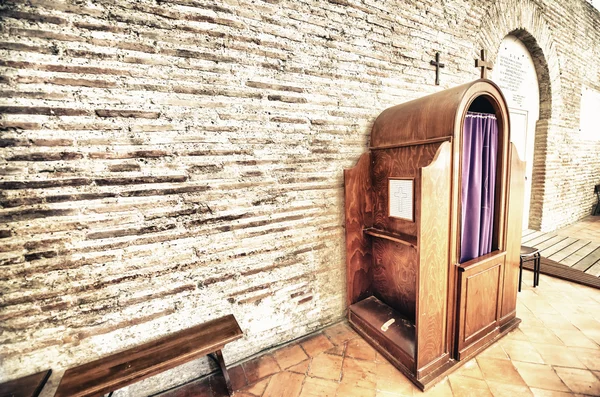Table of Contents
The Role of Dit Da Jow in Martial Arts
What is Dit Da Jow? Dit Da Jow,often known as “hit medicine,” is essential in martial arts, where intense training and occasional injuries are part of the journey. This traditional Chinese liniment has been used for centuries to aid in recovery and enhance performance by treating injuries, promoting healing, and boosting vitality. In martial arts culture, Dit Da Jow serves not only as a remedy for injuries but also as a preventive measure. Its regular use is believed to strengthen bones, tendons, and ligaments, making the body more resilient. Martial artists rely on this time-honored formula to maintain their physical well-being, allowing them to push their limits while minimizing the risk of injury during rigorous practice sessions.
Enhancing Performance with Dit Da Jow
The use of Dit Da Jow is deeply rooted in martial arts traditions, where it plays a crucial role in helping practitioners reach their peak performance. Applied before and after training, this potent liniment helps reduce muscle soreness and stiffness, enhancing flexibility and endurance. Dit Da Jow’s natural ingredients work together to improve blood circulation, allowing nutrients to reach damaged tissues more effectively. This not only accelerates recovery from injuries but also prepares the body for the physical demands of martial arts. For martial artists, Dit Da Jow is more than just a remedy—it’s a secret weapon that supports their continuous growth and resilience in the demanding world of martial arts.

Traditional Preparation of Dit Da Jow
The Art and Science of Preparing Dit Da Jow
Dit Da Jow is a powerful liniment crafted from a unique blend of herbs, roots, and natural ingredients, each selected for its specific medicinal properties. The preparation of Dit Da Jow is both an art and a science, requiring precision and patience. Key ingredients like ginseng, myrrh, frankincense, safflower, and cinnamon are soaked in alcohol, which acts as a solvent to extract the healing compounds. This mixture is then stored in a cool, dark place for several months, allowing the ingredients to ferment and fully release their medicinal properties. Once the process is complete, the liniment is carefully strained and stored in dark glass bottles to preserve its potency.
Variations in Dit Da Jow Recipes
The recipe for Dit Da Jow can vary widely, depending on the lineage of the practitioner and the intended use of the liniment. While some common ingredients like ginseng and safflower are often used, each practitioner might add specific herbs or roots tailored to particular healing needs. The fermentation period and the environment in which Dit Da Jow is stored also play critical roles in determining the final product’s effectiveness. The result is a liniment that not only carries the medicinal strength of its ingredients but also embodies the tradition and knowledge passed down through generations. This meticulous preparation process ensures that Dit Da Jow remains a potent remedy for injuries and a cherished tool in traditional Chinese medicine.
Historical Use of Dit Da Jow in China
Dit Da Jow: A Time-Honored Remedy in Traditional Chinese Medicine
Dit Da Jow has long been cherished in traditional Chinese medicine for its remarkable ability to treat various injuries. From bone fractures to sprains, this potent liniment invigorates blood circulation, reduces swelling, and alleviates pain. Its application is both simple and effective—whether massaged gently into the affected area or applied using a soaked cloth wrapped around the injury. The liniment’s healing power is often enhanced when used in conjunction with other traditional therapies such as acupuncture and cupping. As a cornerstone of Chinese healing practices, Dit Da Jow offers a natural, time-tested remedy for physical trauma, demonstrating the enduring wisdom of traditional medicine.
Enhancing Healing with Dit Da Jow
Dit Da Jow’s versatility in treating a wide range of injuries has made it a staple in traditional Chinese medicine. Whether dealing with bone fractures, sprains, or bruises, the liniment is renowned for its ability to promote blood circulation, reduce inflammation, and ease pain. Application methods are straightforward but highly effective—either by massaging the liniment directly into the skin or by soaking a cloth in the liniment and wrapping it around the injured area. Often paired with other therapies like acupuncture and cupping, Dit Da Jow enhances the body’s natural healing processes. This powerful liniment remains a vital part of Chinese healing practices, offering a natural solution for injury recovery.
Integration of Dit Da Jow in Martial Arts
Dit Da Jow in Martial Arts Training
Martial artists have long valued Dit Da Jow, incorporating it into their regular training routines to maximize their physical resilience. Whether honing striking techniques or engaging in full-contact sparring, the risk of injury is ever-present. Dit Da Jow serves a dual purpose: not only is it used to treat injuries, but it’s also applied preventively. Regular use of the liniment is believed to strengthen bones, tendons, and ligaments, making them less prone to damage. By enhancing stamina and endurance, Dit Da Jow enables martial artists to push their limits, recover faster, and maintain peak physical condition. Its indispensable role in martial arts highlights the deep connection between maintaining physical health and achieving martial excellence.
Strengthening the Body with Dit Da Jow
In martial arts, the benefits of Dit Da Jow extend beyond injury recovery to include injury prevention. Martial artists recognize the importance of this traditional liniment in strengthening their bodies, particularly the bones, tendons, and ligaments. Regular application of Dit Da Jow is believed to make these structures more resistant to the strains and impacts common in martial arts training. By supporting the body’s ability to endure intense physical activity, Dit Da Jow helps practitioners train harder and bounce back more quickly from injuries. This unique integration of healing and prevention underscores Dit Da Jow’s essential role in the martial arts, where physical health is deeply intertwined with martial prowess.
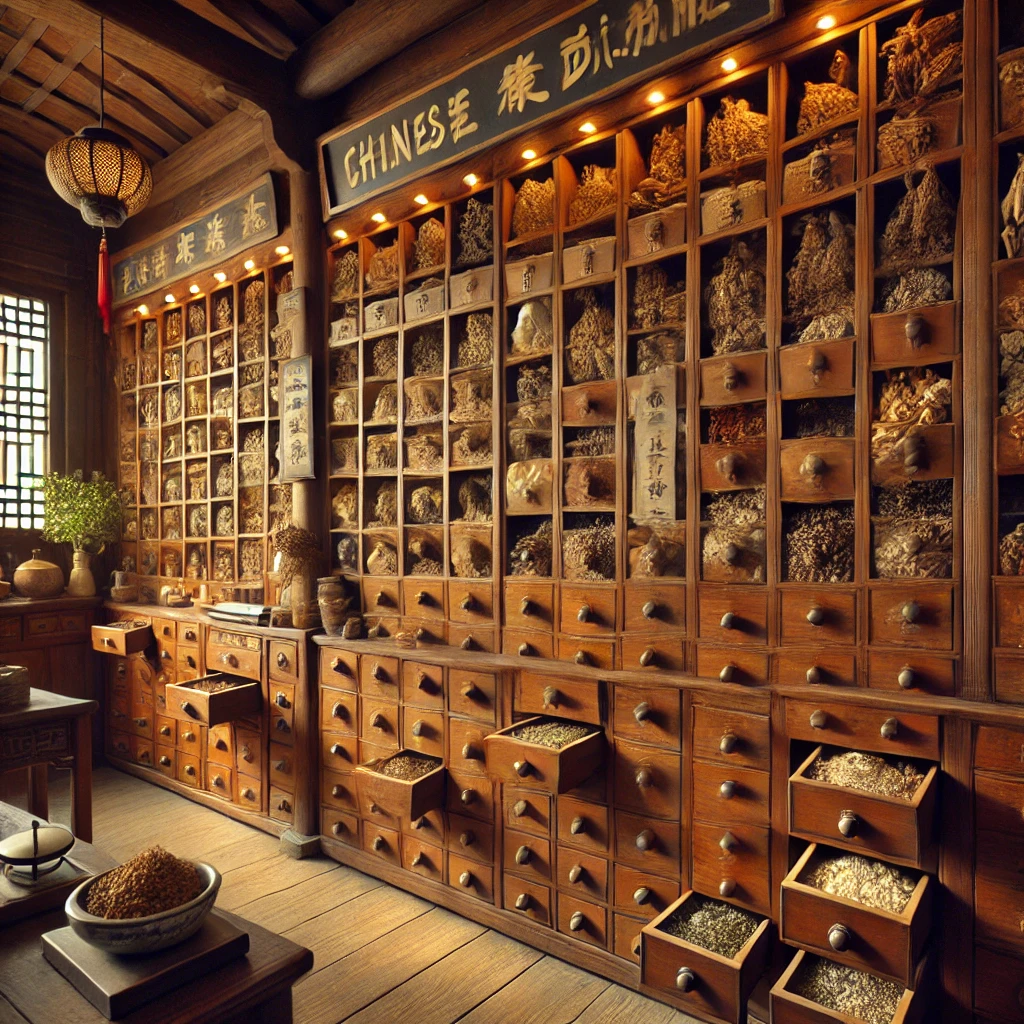
Healing Benefits of Dit Da Jow
Widely Acknowledged Healing Properties
The healing properties of this traditional liniment are well-known among martial artists and practitioners of traditional medicine. Its blend of key ingredients works synergistically to enhance blood flow to injured areas, facilitating the removal of stagnant blood and the delivery of fresh nutrients to damaged tissues. This process effectively reduces inflammation, alleviates pain, and accelerates the healing process. With regular use, the liniment may also strengthen the body’s connective tissues, making them more resilient to future injuries. For those who engage in intense physical activities, this remedy offers a natural and effective way to support recovery, maintain physical health, and ensure that the body remains strong and resilient.
Natural Support for Physical Health
This traditional remedy is celebrated for its numerous healing benefits, which are widely recognized by both martial artists and traditional medicine practitioners. The liniment’s active ingredients work together to boost circulation to injured areas, helping to clear stagnant blood and bring fresh nutrients to damaged tissues. This promotes faster healing by reducing inflammation and easing pain. Over time, regular application can also help fortify the body’s connective tissues, making them less prone to injury in the future. For individuals who regularly participate in demanding physical activities, this liniment provides a natural and effective means of supporting recovery and sustaining overall physical health.
Enhancing Physical Performance with Dit Da Jow
Enhancing Physical Performance
Beyond its healing capabilities, this traditional liniment is highly regarded for its ability to enhance physical performance. Martial artists and athletes who use it regularly report noticeable improvements in flexibility, reduced muscle soreness, and increased endurance. The liniment’s effectiveness lies in its ability to alleviate stiffness and promote better blood circulation, which is particularly beneficial for those involved in strenuous or repetitive activities. By supporting the body’s natural healing processes, it enables practitioners to train more efficiently and recover more quickly from intense physical exertion. This combination of injury prevention and performance enhancement makes it a versatile tool for anyone looking to maintain peak physical condition and excel in their athletic pursuits.
A Versatile Tool for Athletes
This powerful liniment serves as more than just an injury remedy—it is also a performance enhancer for both martial artists and athletes. Regular use is associated with improved flexibility, quicker recovery from muscle soreness, and greater overall endurance. These benefits are due to the liniment’s ability to reduce stiffness and improve blood circulation, making it especially valuable for those engaged in high-impact or repetitive activities. By facilitating faster recovery and enabling more effective training sessions, the liniment proves to be a versatile tool that not only prevents injuries but also optimizes physical performance, helping athletes and martial artists stay at their best and push their limits.
Cultural Significance of Dit Da Jow
A Symbol of Cultural Heritage in Traditional Chinese Medicine
This traditional liniment represents the rich cultural heritage of Chinese medicine, transcending its practical use to embody a deeper connection to history and tradition. Its application in martial arts highlights the holistic approach to health and wellness that is central to Chinese culture. The knowledge and techniques for preparing and using this remedy have been carefully preserved and passed down through generations. In many martial arts schools, the process of creating the liniment is treated with great reverence, with recipes often closely guarded and shared only between masters and students. This cultural significance adds to the mystique and respect surrounding the remedy, making it a powerful symbol of tradition, healing, and resilience within the martial arts community.
The Sacred Tradition in Martial Arts
Beyond its practical applications, this traditional remedy holds deep cultural significance in martial arts. It reflects a holistic approach to health and wellness that is central to Chinese philosophy. The practice of preparing and applying this liniment has been preserved through centuries, with knowledge and techniques passed down from master to student in a sacred tradition. In many martial arts schools, the creation of this remedy is considered a highly respected process, with recipes kept as closely guarded secrets. This reverence for the remedy, combined with its effectiveness, contributes to its enduring mystique and respect, making it an integral part of the cultural heritage in martial arts and traditional Chinese medicine.
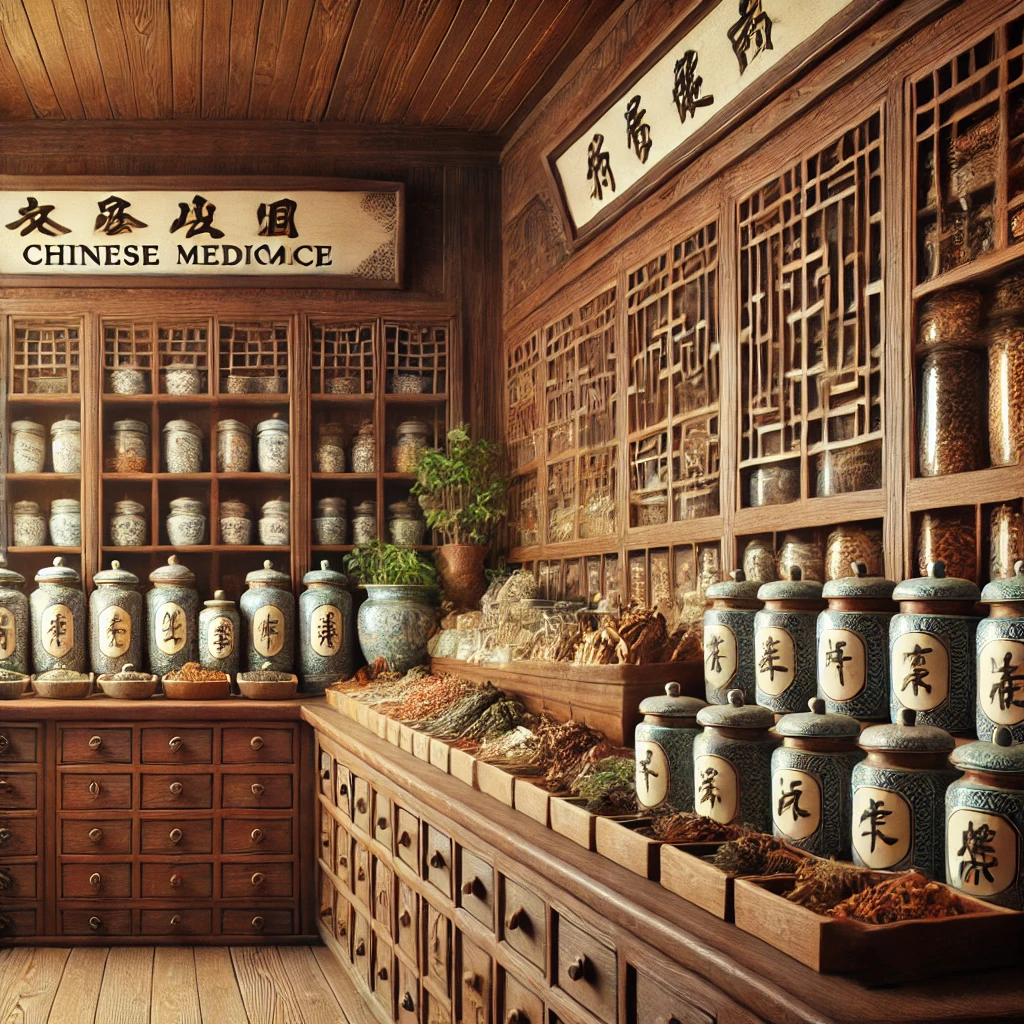
Scientific Perspective on Dit Da Jow
Tradition Versus Scientific Study
Although this traditional liniment has a rich history and is widely used, its healing benefits have not been extensively validated by scientific studies. Much of the evidence supporting its efficacy comes from anecdotal reports and generations of observation. However, the ingredients commonly found in the remedy, such as ginseng and frankincense, are known for their anti-inflammatory and pain-relieving properties, which have been supported by modern research. These findings lend some scientific credibility to the traditional claims surrounding its effectiveness. Despite the lack of comprehensive studies, the continued use of this liniment in martial arts and traditional medicine highlights its perceived value and enduring relevance.
The Balance Between Tradition and Science
While the traditional liniment is deeply rooted in centuries of use, its healing benefits have yet to be fully explored through rigorous scientific research. Most of the support for its effectiveness is anecdotal, passed down through generations of use. Ingredients like ginseng and frankincense, commonly found in the liniment, have been studied individually and are recognized for their anti-inflammatory and pain-relieving effects, partially validating traditional claims. However, the lack of extensive scientific studies means that the liniment’s overall efficacy remains largely based on tradition. Despite this, its persistent use in both martial arts and traditional medicine underscores its trusted role in promoting healing and well-being.
Precautions and Considerations
Caution in Use
While this traditional remedy is natural, it is essential to use it with care. The liniment is typically made with high-proof alcohol, which can be harsh on the skin, particularly for those with sensitivities or allergies. To ensure safety, it is advisable to perform a patch test on a small area of skin before applying it more broadly. Additionally, individuals with underlying health conditions or those taking medications should consult with a healthcare professional before using this remedy. Though it is a time-honored treatment, it should complement, not replace, modern medical interventions. Using it wisely ensures that the benefits are maximized while minimizing potential risks.
Ensuring Safe Application
Although this natural remedy has been trusted for centuries, it’s important to approach its use with caution. Made with high-proof alcohol, the liniment can be irritating, especially for individuals with sensitive skin or allergies. A patch test is recommended to check for adverse reactions before applying it to a larger area. Moreover, those with existing health conditions or those taking other medications should seek advice from a healthcare provider to avoid any potential interactions or side effects. While this remedy offers significant benefits, it’s vital to use it as a complementary approach alongside modern medical treatments, ensuring that safety remains a priority.
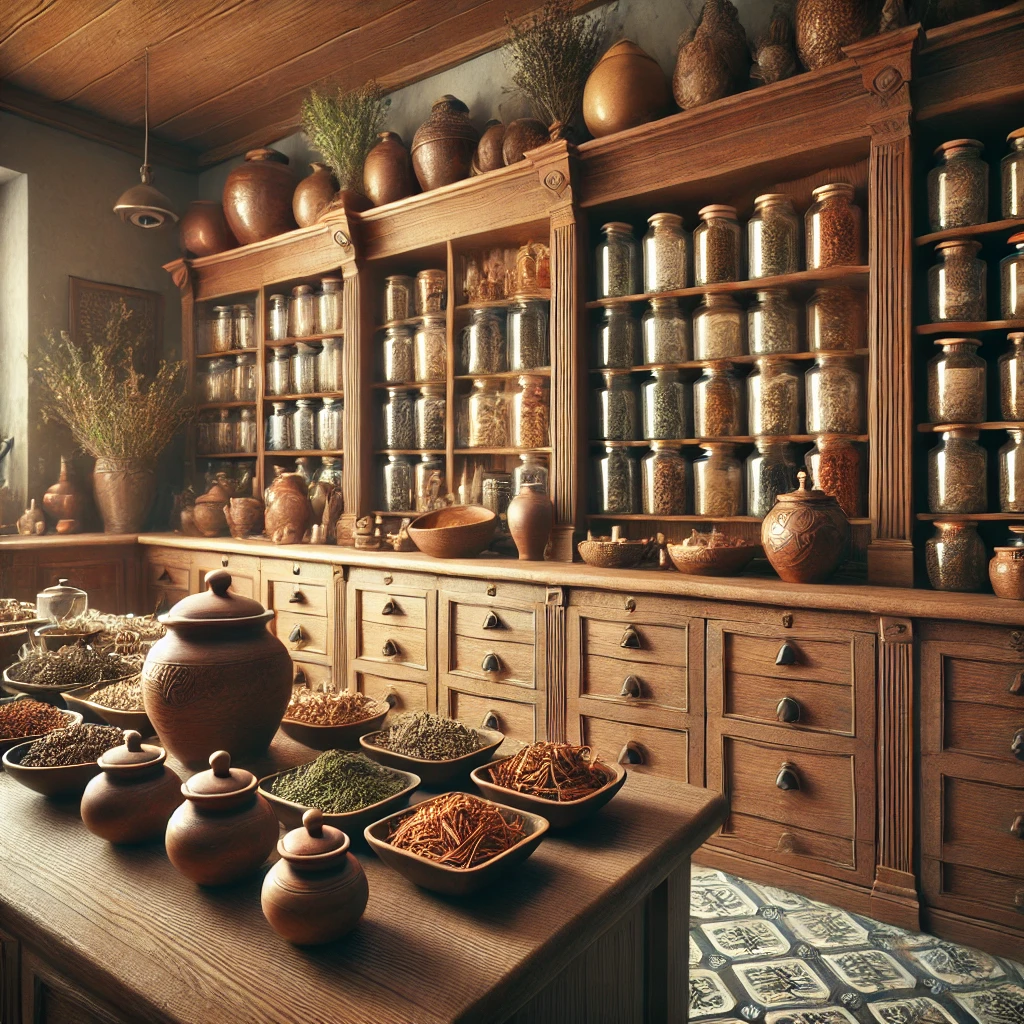
The Future of Dit Da Jow
Growing Interest and Future Research
As interest in alternative and traditional medicine continues to rise, Dit Da Jow is likely to gain increased attention from both practitioners and researchers. There is significant potential for more scientific studies to explore its effectiveness, leading to a deeper understanding of its mechanisms and broader applications. While modern science may uncover new insights, martial artists and enthusiasts of natural remedies will continue to use Dit Da Jow for its well-regarded benefits. The ongoing preservation and adaptation of this ancient remedy ensure that it will remain an integral part of traditional medicine and martial arts practices for generations to come, bridging the gap between ancient wisdom and modern health care.
The Enduring Legacy of Dit Da Jow
With the growing interest in holistic and traditional medicine, Dit Da Jow is set to attract more attention and scrutiny. Researchers may increasingly investigate its effectiveness, potentially leading to a more comprehensive understanding of how it works and how it can be applied in modern contexts. Even as scientific inquiry progresses, martial artists and those invested in natural health solutions will continue to trust Dit Da Jow for its perceived benefits. The sustained use and preservation of this ancient remedy ensure that it will remain a valuable component of both traditional Chinese medicine and martial arts practice, continuing to serve future generations with its time-tested healing properties.
Conclusion: Embracing Traditional Remedies
Dit Da Jow represents a fascinating blend of tradition, culture, and natural healing. For martial artists, it is a trusted ally in both prevention and recovery, allowing them to train with confidence and resilience. For those interested in traditional Chinese medicine, Dit Da Jow offers a glimpse into the rich history of natural remedies that have been used for centuries. While it is essential to approach any alternative remedy with caution and awareness, Dit Da Jow’s enduring popularity suggests that it has much to offer in the realm of healing and wellness. Whether used for its therapeutic benefits or as part of a cultural practice, Dit Da Jow remains a potent symbol of the intersection between health and tradition.
How useful was this post?
Click on a star to rate it!
Average rating / 5. Vote count:
No votes so far! Be the first to rate this post.
Author
-
Meet Dr. Kendall Gregory, a highly accomplished professional with a remarkable academic background and a deep passion for empowering individuals through knowledge. Dr. Gregory’s educational journey began with a Bachelor of Science degree, followed by a Doctor of Chiropractic Medicine, focusing on diagnosing and treating musculoskeletal conditions. He further expanded his expertise with a Master's degree in Oriental Medicine, specializing in acupuncture and Chinese herbology, and a Master's degree in Health Care Administration, emphasizing his dedication to improving healthcare systems. Dr. Gregory combines his extensive knowledge and practical experience to provide comprehensive and integrative healthcare solutions. Through his writings, he aims to inspire individuals to take charge of their health and make informed decisions.
View all posts

